Explore New Visual Perspectives with an Art Degree
Develop a strong foundation of design and art history, while refining your artistic process. As you advance through the program, discover your own style and learn to critique your work.
Why earn your Art degree at St. Edward's?
Our distinguished faculty in the Visual Arts department are well-known artists whose work has been widely exhibited across the country and frequently showcased.
An Art Haven
Austin is the only city in the U.S. designated as a “Creative City of Media Arts” by UNESCO. You don’t have to walk too far off of the hilltop to experience the lively murals across Austin. St. Edward’s is also surrounded by dozens of art museums and nonprofits, which means endless art to explore, artists' lectures and workshops to attend, and opportunities to exhibit your work.
Exhibit Your Creative Expression
In Art and Activism, you’ll learn about art making as a means of social action and activism. You’ll study artists working in social practice, political art, and other art activism projects, and then engage with stakeholders, like nonprofits, to bring their vision to life.
Visiting Artists & Professionals
Throughout the year, you’ll learn from visiting artists who share their artistic vision and experiences in the field. Past visiting artists have included artist and writer for Marvel Comics David Mack, African-American artist Letitia Huckaby, Turkish-American artist Tulu Bayar, artist-activists Robert Shetterly and Lily Yeh and social-practice artist Pato Hebert.
Intern with Local Artists
Art majors have recently interned at The Contemporary Austin, Women & Their Work, City of Austin Public Art Department, Artpace San Antonio, and the studio of Deborah Roberts, an internationally-acclaimed and Austin-based artist.

“Beyond providing young people with technical know-how, I hope to open their minds to new ideas and successful approaches to problem solving, brainstorming techniques and experimenting without reservation.”
What will you learn?
Through applied learning in your courses, internships in the art world, interaction with visiting artists, and exhibitions in the Fine Arts Gallery on campus, you’ll learn about the landscape of arts careers and find your niche.
A few examples of courses students take in the major:
- Issues in Contemporary Art – Focuses on recent art, artists and art world (from museums to the market). Materials will be framed in the context of the era, including introductions to formalist, feminist, psychological, and deconstructivist criticism.
- Painting: Methods – Focuses on fundamental painting techniques from direct observation. Emphasis is placed on the plastic medium of paint as it relates to pictorial representation, color, form, texture, and space.
- Clay: Handbuilding – Introduces handbuilding techniques involved in the ceramics process. Through demonstrations and discussions, students will learn fundamental handbuilding methods, surface treatments, and the use of tools and equipment. Students complete projects employing coil, pinch, slab, and additive/subtractive modeling techniques.
What skills will you gain?
Upon completing the Acting program, you’ll be ready to…
- Sharpen your skills in drawing, painting, printmaking, clay and sculpture.
- Explore various mediums through your electives in classes like Installation Art and Issues in Contemporary Art
- Gain professional skills through assisting artists in their studios or installing exhibits.
- Develop independent creative work and prepare an installation.
- Interact with working artists and expand your professional network.
What do our graduates do?
Art majors go on to a variety of careers and graduate schools from St. Edward’s. Here’s a sample:
- San Antonio contemporary art gallery Artpace
- The studio of internationally acclaimed, Austin-based artist Deborah Roberts
- MOHA (Museum of Human Achievement), a multidisciplinary art space in Austin
- The Contemporary Austin
- City of Austin public art department
- Women & Their Work gallery in East Austin
Explore Details About the BA in Art
Major Requirements: The Bachelor of Arts with a major in Art requires 58 hours of core coursework. Students focus on media exploration and skill development through courses in painting, drawing, printmaking and sculpture. Art history courses support both contextual and conceptual development that is essential for emerging artists, and students conclude their studies through the culminating experience course sequence: Senior Studio I and II, which require the development of an independent creative project, a senior exhibition in the Fine Arts Gallery, and a thesis paper
General Education Requirements: The Art degree requires an average of 38–44 hours of general education courses that students complete over four years in addition to their major courses and electives.
View and download the full degree plan for our Art major.
Students who wish to earn an Art minor must take the following coursework, totaling 24 hours, with at least 9 hours of upper-division coursework. This includes four required courses:
- Foundations of Art and Design
- Drawing I
- Clay: Handbuilding
- Art History I or Art History II
Students select three elective courses in Art History I, Art History II, Drawing II or Watercolor I, Sculpture: Materials, or Clay: Wheel Throwing.
Are you a current student? Contact your advisor for next steps on declaring your major or minor.
At St. Edward’s, our faculty are outstanding scholars, thought leaders, teachers and mentors who bring energy and enthusiasm to our vibrant learning community. They take pride in getting to know you, helping you achieve your goals and celebrating your successes.
View a list of our faculty members and their contact information on the Department of Visual Studies webpage.
